For generations, the brotherly tribes have created the history of the great land of the Central Highlands. It is the pride of perseverance and determination in the long marches to defend the country.
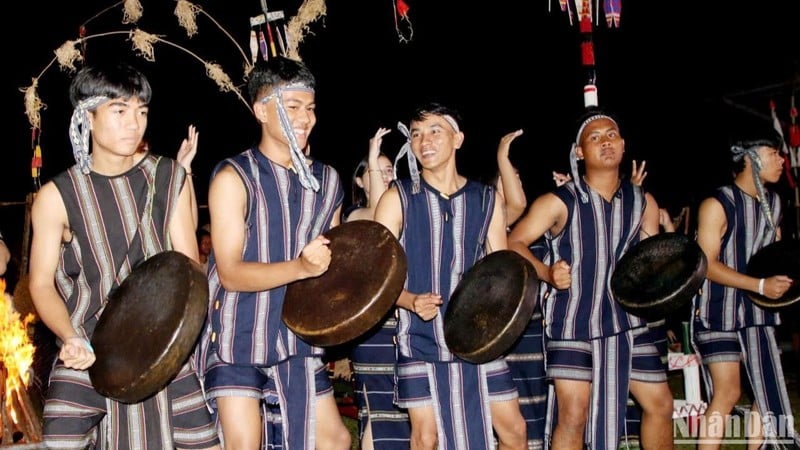 For generations, these ethnic groups have created the history of the great Central Highlands.
For generations, these ethnic groups have created the history of the great Central Highlands.That is the history that continues to be written today when the Central Highlands is firmly joining the whole country in creating a new era. In this land of many mountains and rivers, the source of the heroic and indomitable tradition, of the steadfast love and loyalty to the Party and beloved Uncle Ho still exists vividly every minute, every hour…
1 Every time I return to my village, I hum the melody of the song “Dang lam gung” (The Party leads the way) - a song from the war, very popular among the Co Ho, Ma and XTieng ethnic groups. I knew this song by heart the first time I heard Mr. K'Mung, a former Co Ho guerrilla, sing it to me. “Tus nam do anh support the revolution.
From this year on, I support the revolution. From this year, I have the Party to guide me. Gathering the Kinh-Thuong, I will defeat the Americans-Diem..., the simple lyrics, when sung, depict the past through the expressions of the children of the mountains and forests, helping listeners understand more about the source of the Central Highlands revolution. Throughout that source is the warm, loyal affection of the people of the ethnic groups in the majestic western region of the Fatherland for the Party and for Uncle Ho.
Listening to the song "Dang Lam Gung" reminds me of the unforgettable history of the great forest because it was written with the blood and tears of the descendants of the legendary hero Dam San.
History and evidence of places and heroes who led the movement against the French invaders that drove the colonialists crazy many times, such as the uprisings of chief Ama Jhao, N'Trang Guh, teacher Y Jut (E De); fire king Oi At (Gia Rai), the Sam Bram movement (Cham), and the Mo Co movement (Co Ho).
In particular, the armed uprising led by hero N'Trang Long (Mo Nong) became a patriotic flame that burned throughout the Central Highlands at one time. But like many other patriotic movements in the country, at that time, all spontaneous uprisings in the Central Highlands failed.
It was not until the light of the Party brought back by the steadfast communist soldiers that the Central Highlands truly shone. The indomitable strength of the dreams of struggle and conquest of the ethnic groups was fanned into a revolutionary flame by the “Party men”.
The Central Highlands rose up together with the country, the people of all ethnic groups in the great land stood shoulder to shoulder with the whole nation to fight against the colonialists, imperialists and their lackeys until the day of victory...
2 When thinking about “Party people”, I often think of two loyal ethnic minority women who, in their journey of working, Party journalists have been fortunate to make friends with. Their images, their past achievements, and their thoughts and actions today have deeply engraved the evidence of an indomitable yet simple, profound yet approachable Central Highlands. It is fate that both of these women were once National Assembly delegates.
In the southern Central Highlands, at the source of the Dong Nai River, I met Ms. Dieu Thi Loi, a Ma ethnic person whom comrades and fellow countrymen affectionately call “Ms. Nam Loi”, who was awarded the title of Level 2 American Destroyer and joined the Party at the age of 18. Ms. Nam Loi is a member of the 6th National Assembly. During the resistance war, Ms. Nam Loi participated in countless battles, bearing many war scars, but the woman famous for her brave exploits that I met today still smiled.
Mrs. Nam Loi said that in the late 1960s, her village was the area of operation of the Zone VI Party Committee, so the American-puppet invaders always organized sweeps, aiming to destroy it. Party member and former guerrilla Dieu Thi Loi fought steadfastly with the army, guerrillas, and villagers for decades until the day of victory.
Mrs. Dieu Thi Loi's story about a time of war is still fresh even though peace has returned to her homeland for nearly half a century. She said: "We used to hold guns and sharpen spikes to protect our villages. Young people today will continue to shoulder the responsibility of building our homeland to become more and more prosperous, and our people to be prosperous and happy. The ethnic groups in the Central Highlands wholeheartedly love Uncle Ho and firmly believe in the Party, so there is no difficulty that cannot be overcome!"
In the northern Central Highlands, I had the chance to listen to the life story of village elder Y Pan, a veteran party member of the Brau ethnic group. Ms. Y Pan is over ninety years old but still plays a key role in the party cell and in the village. She is a female village elder of the Brau ethnic group in Dak Me village (Bo Y commune, Ngoc Hoi district, Kon Tum).
Village elder Y Pan told me about her and her husband's revolutionary journey. It was a long, steadfast journey, devoted to the revolution and the noble ideals of life. She said that during the resistance war against American imperialism, Dak Me village, located in a strategic area at the Indochina crossroads, was severely affected after each enemy sweep. Y Pan's parents died in an enemy bombing raid.
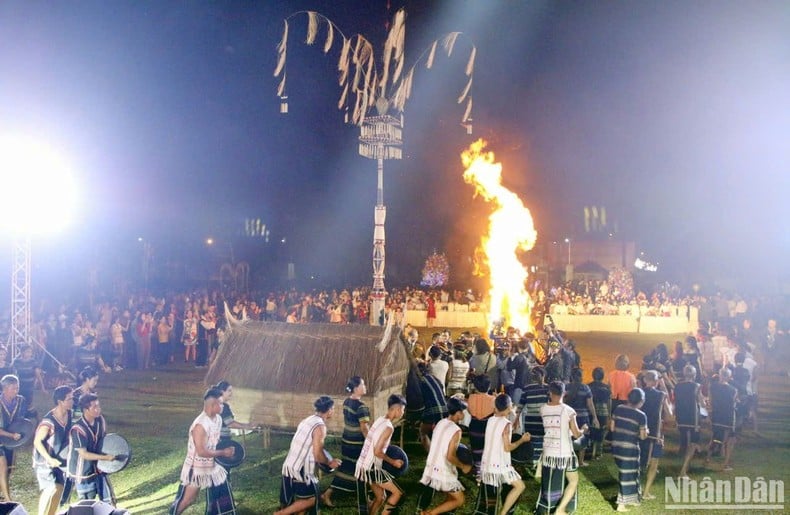
Orphaned at the age of four, Y Pan was raised by a military unit. Growing up, she participated in revolutionary activities. Seeing her intelligence, the organization sent Y Pan to the North to study medicine. In 1974, she returned to serve the resistance war in the Central Highlands battlefield; her husband had gone to the South to fight before that.
Elder Y Pan recalled: “During the resistance war against American imperialism, the Brau people united to help soldiers go to the battlefield, carrying bombs, ammunition, and food through the border forests. At that time, many people were injured. From the knowledge I learned, I treated the wounds of hundreds of soldiers and people in the Ngoc Hoi border area.” Elder Y Pan told me about her people, the story of survival and culture of an ethnic group with only 322 people.
Today, the village elder and veteran Y Pan represents the advanced Brau people. She has become the mainstay of the village, a bridge for families and ethnic groups to live together in solidarity, build and develop their homeland.
Y Pan is a party member, an intellectual, a true Brau person when he joins his comrades and teammates to mobilize his compatriots to change their thinking about economic development, improve people's knowledge, eliminate backward customs and habits, practice a civilized and united lifestyle, and not listen to bad people's instigation...
From the life stories of veteran female party members like Ms. Dieu Thi Loi and Ms. Y Pan, I feel that the heroic tradition is still being built up like the Dong Nai River that flows forever, the later waves continuing the previous waves, like the lofty, fertile, steadfast and loyal Ngoc Linh peak.
3 The Central Highlands has a particularly important strategic position, many distinct potentials, outstanding opportunities and competitive advantages, but has not yet developed commensurately. The land known as the "roof of Indochina" is having a new opportunity to develop strongly, when Resolution No. 23-NQ/TW of the Politburo is effectively implemented, it will activate the potential and investment resources in this land.
Over the past decades, our footsteps have returned to many villages, through many forests and mountains in the journey of Party journalists. The more we experience and immerse ourselves in the colorful life of the Central Highlands, the more deeply we feel the miraculous changes in this beautiful land.
Every mountain, river, stream, every ethnic group, every village in the Central Highlands vividly shows gratitude to Uncle Ho, imbued with affection for the Party. That steadfast and loyal sentiment has been built and nurtured persistently over many years, from the blood and fire of struggle to the day of construction and development in times of peace.
Over the past years, the Party and the State have implemented many resolutions, organized many programs and invested large resources to develop the Central Highlands. Developing the Central Highlands quickly and sustainably is a major policy and a continuous task, of great significance to the development of localities in the region and the whole country.
The development goals of the Central Highlands were summarized by Prime Minister Pham Minh Chinh in the following factors: “breakthrough, inclusive, comprehensive and sustainable”. Accordingly, the Central Highlands must be self-reliant, develop with its own hands, brains, sky and land; take internal resources as the foundation, breakthrough and long-term strategy as the decision.
In the immediate future, the Party and the State are directing relevant agencies to perfect institutions and develop specific policies for the Central Highlands; at the same time, focusing on developing digital economy, green economy, circular economy; developing culture associated with tourism and night-time economy; developing inclusive, comprehensive, sustainable development based on planning with breakthrough thinking and strategic vision...
Source: https://baodaknong.vn/nguoi-tay-nguyen-mot-long-theo-dang-241631.html


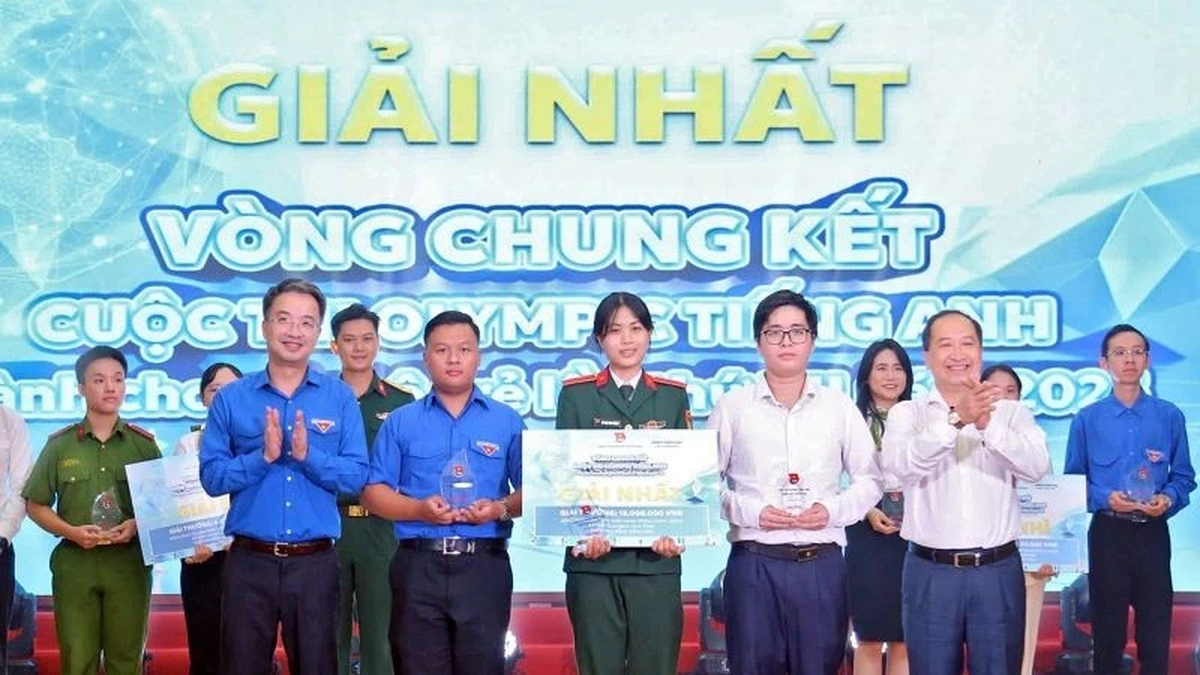
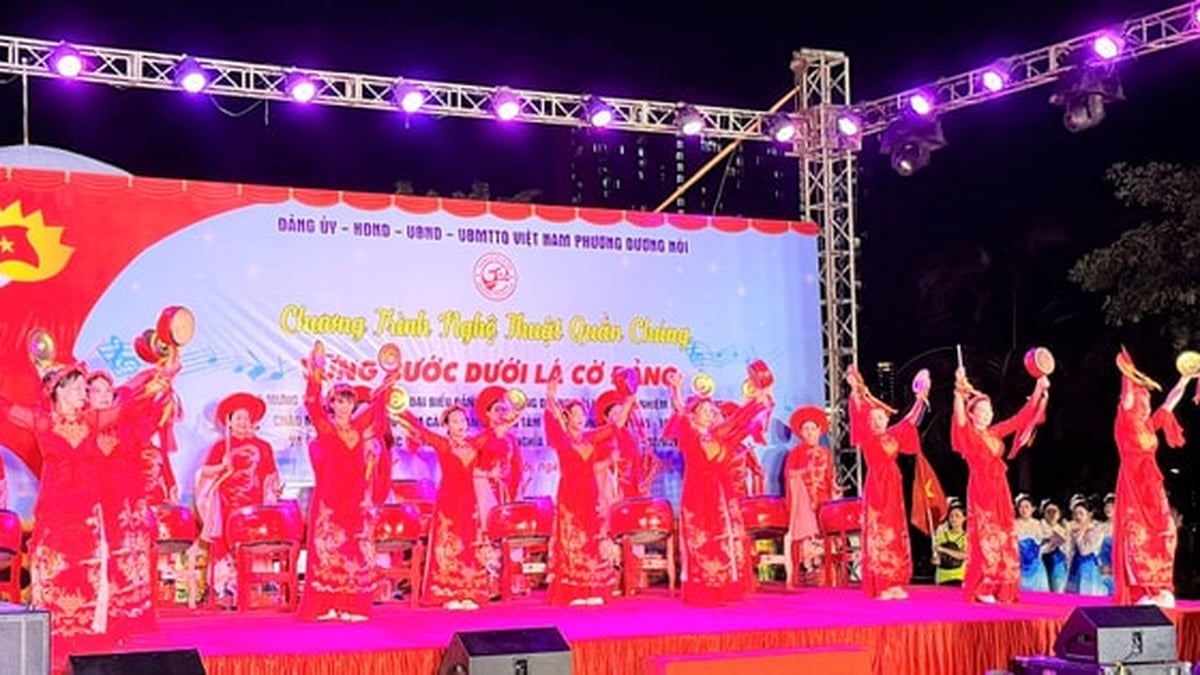
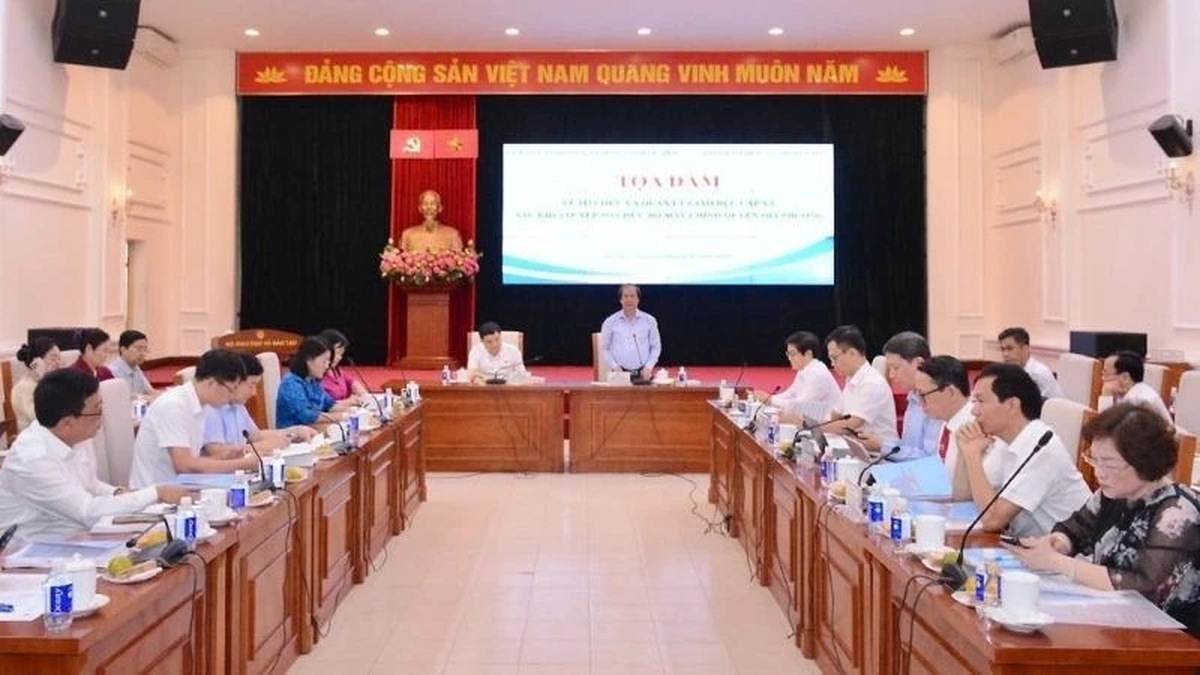
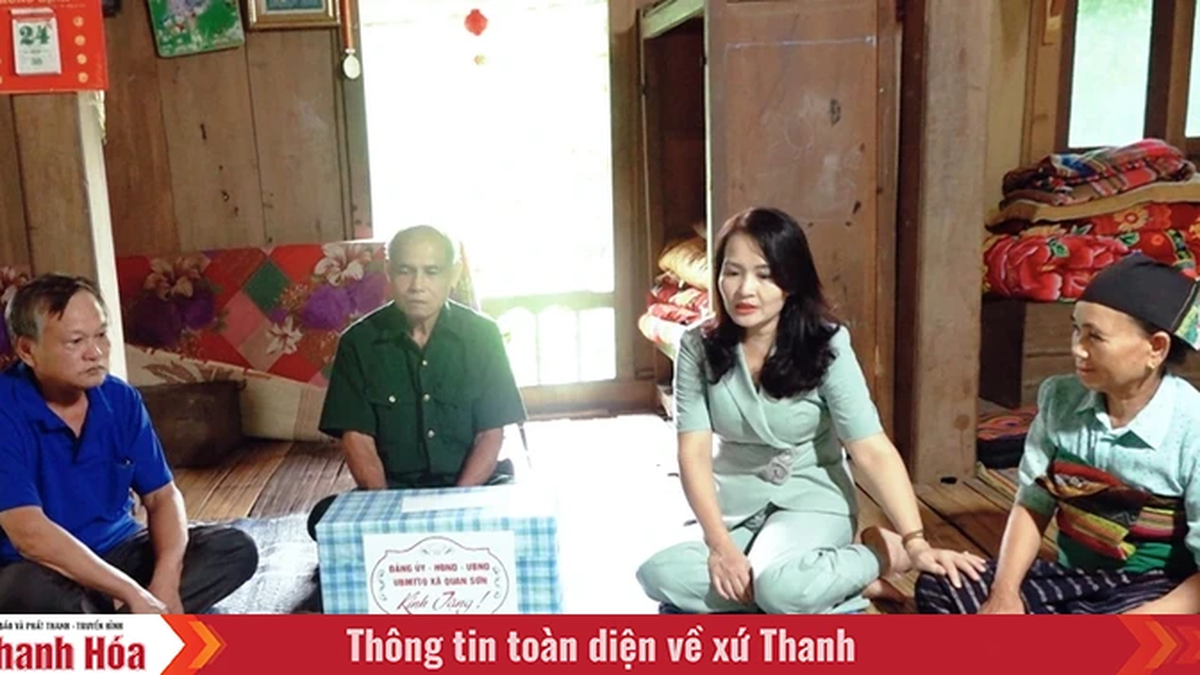

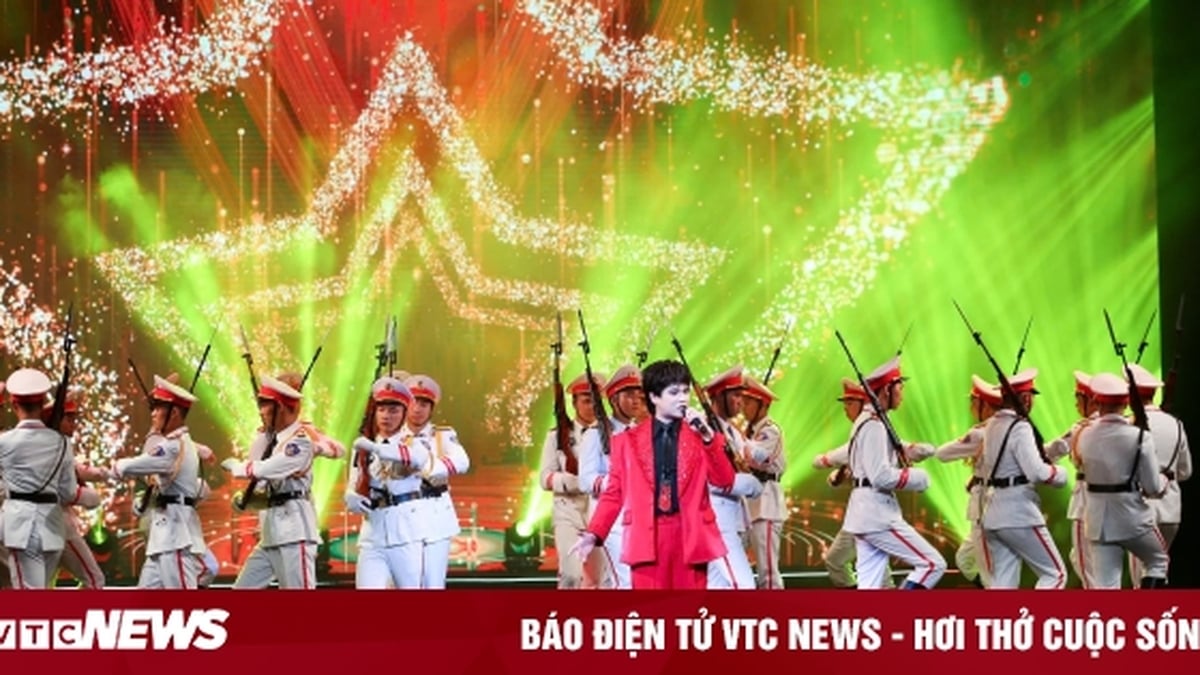

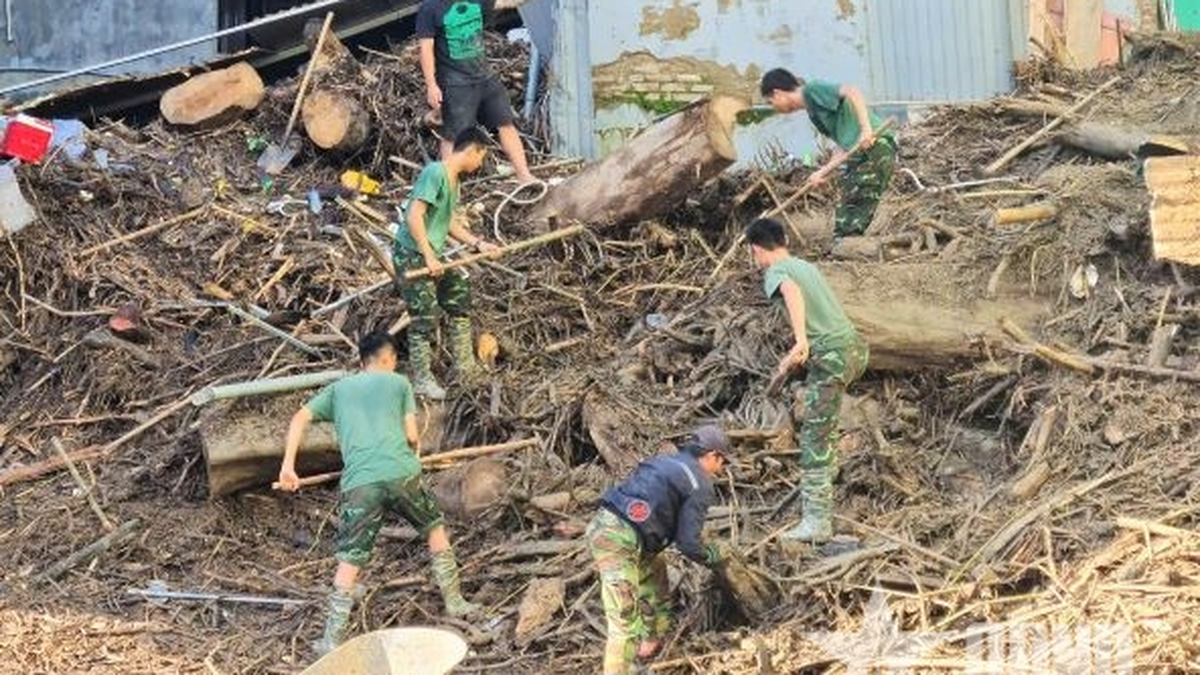

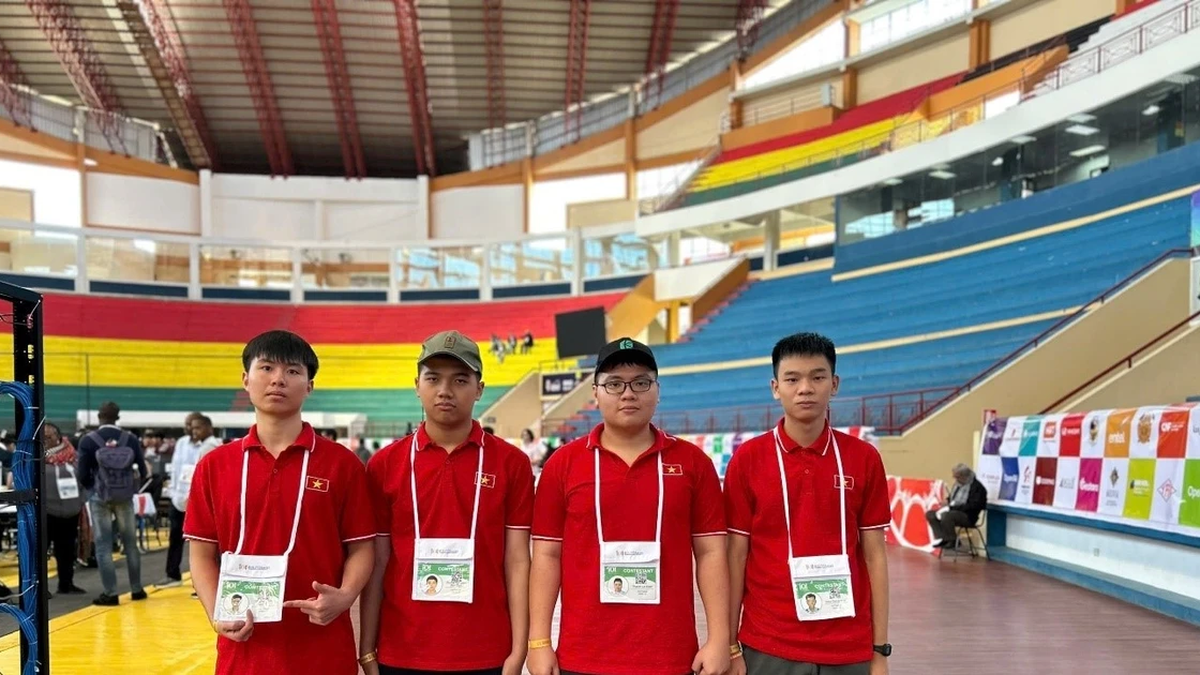


















































































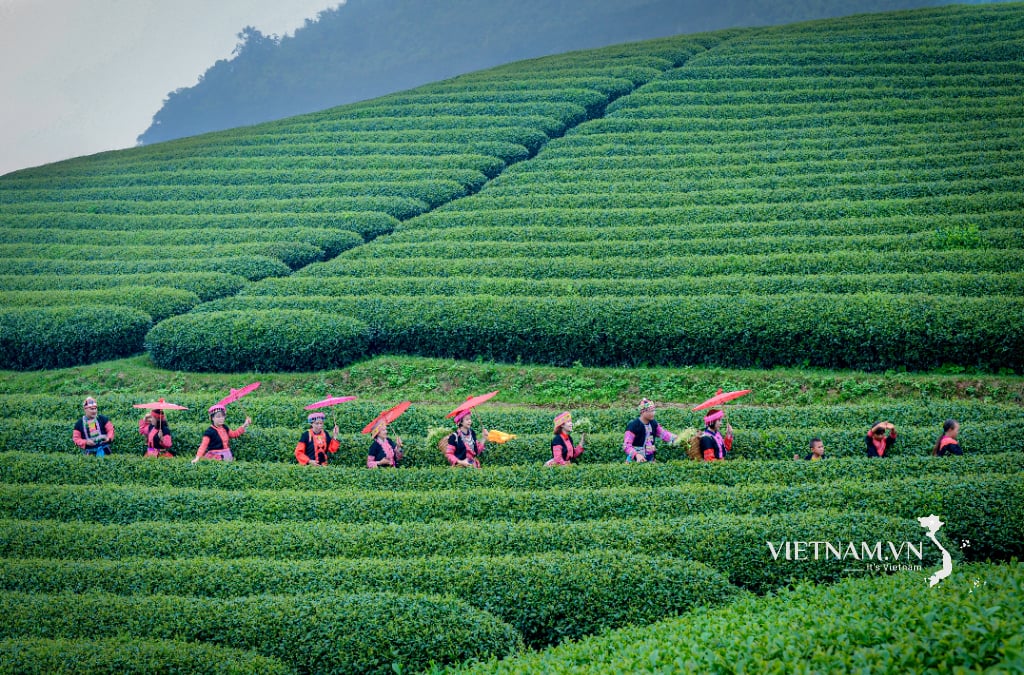

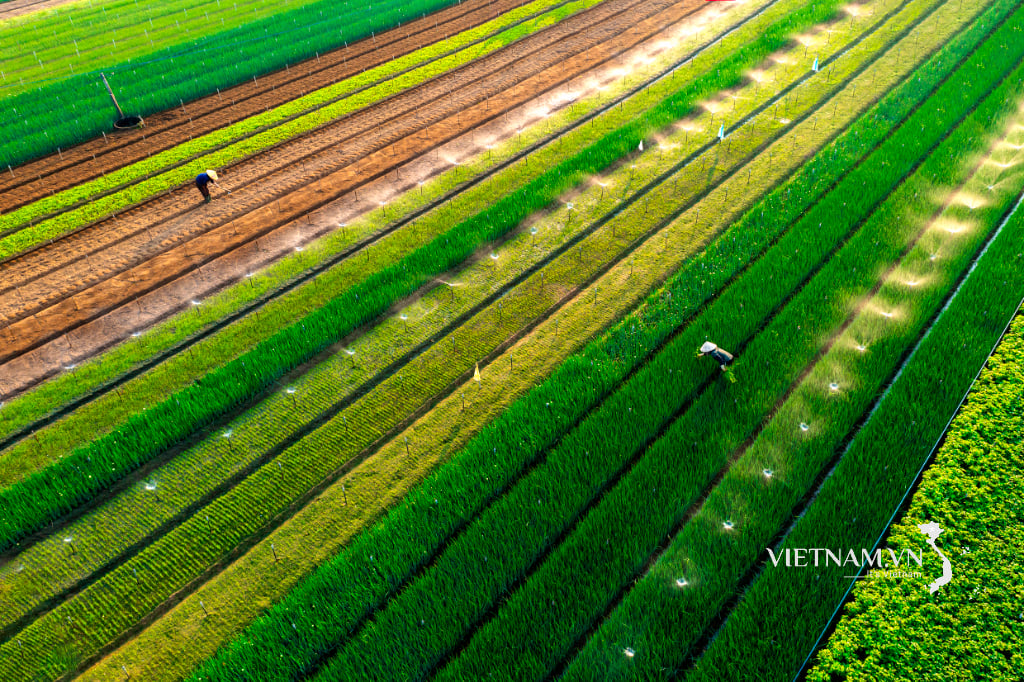

Comment (0)